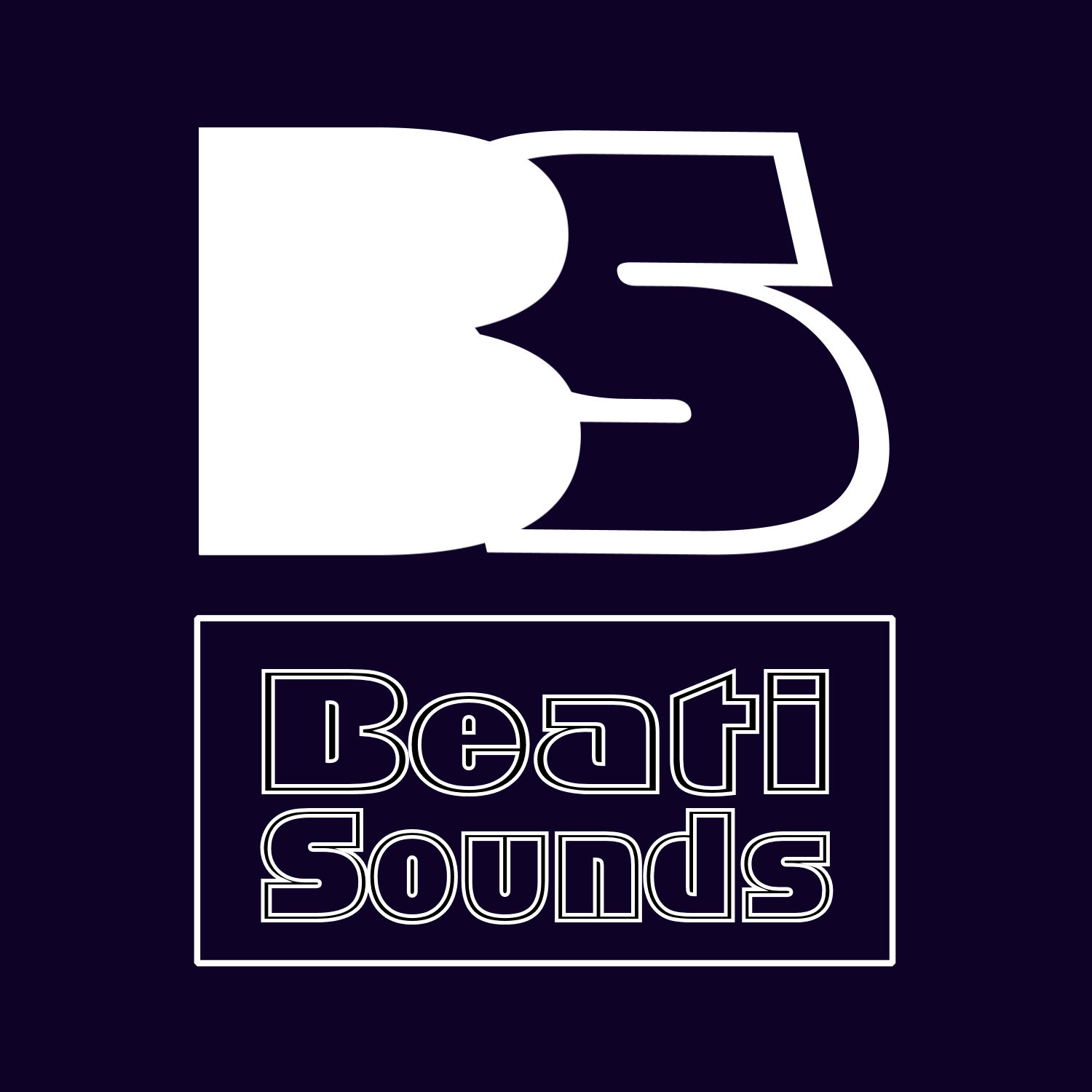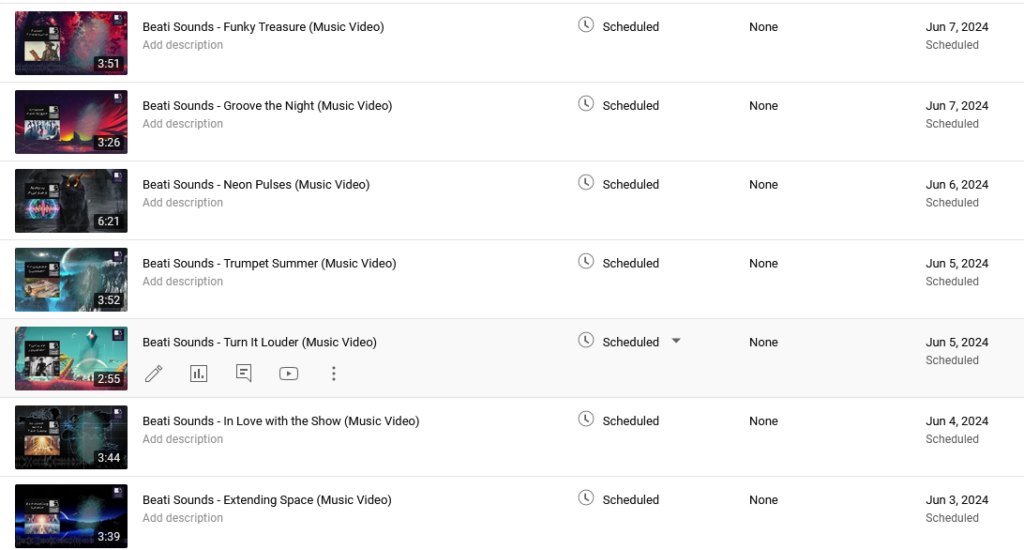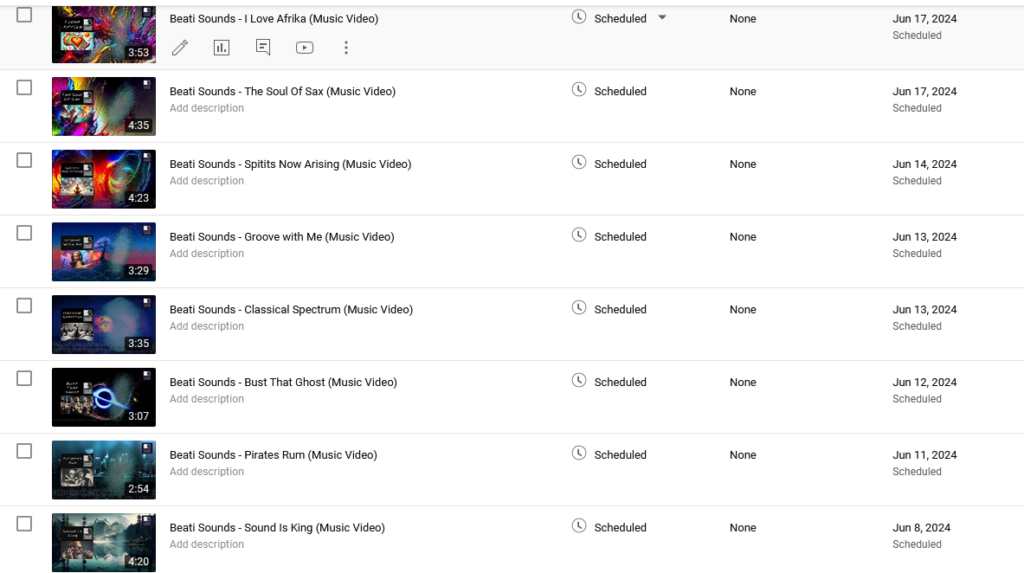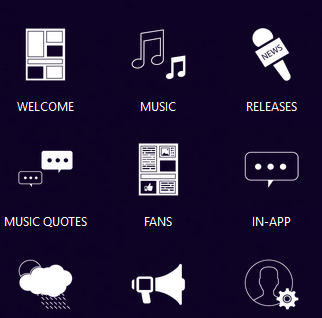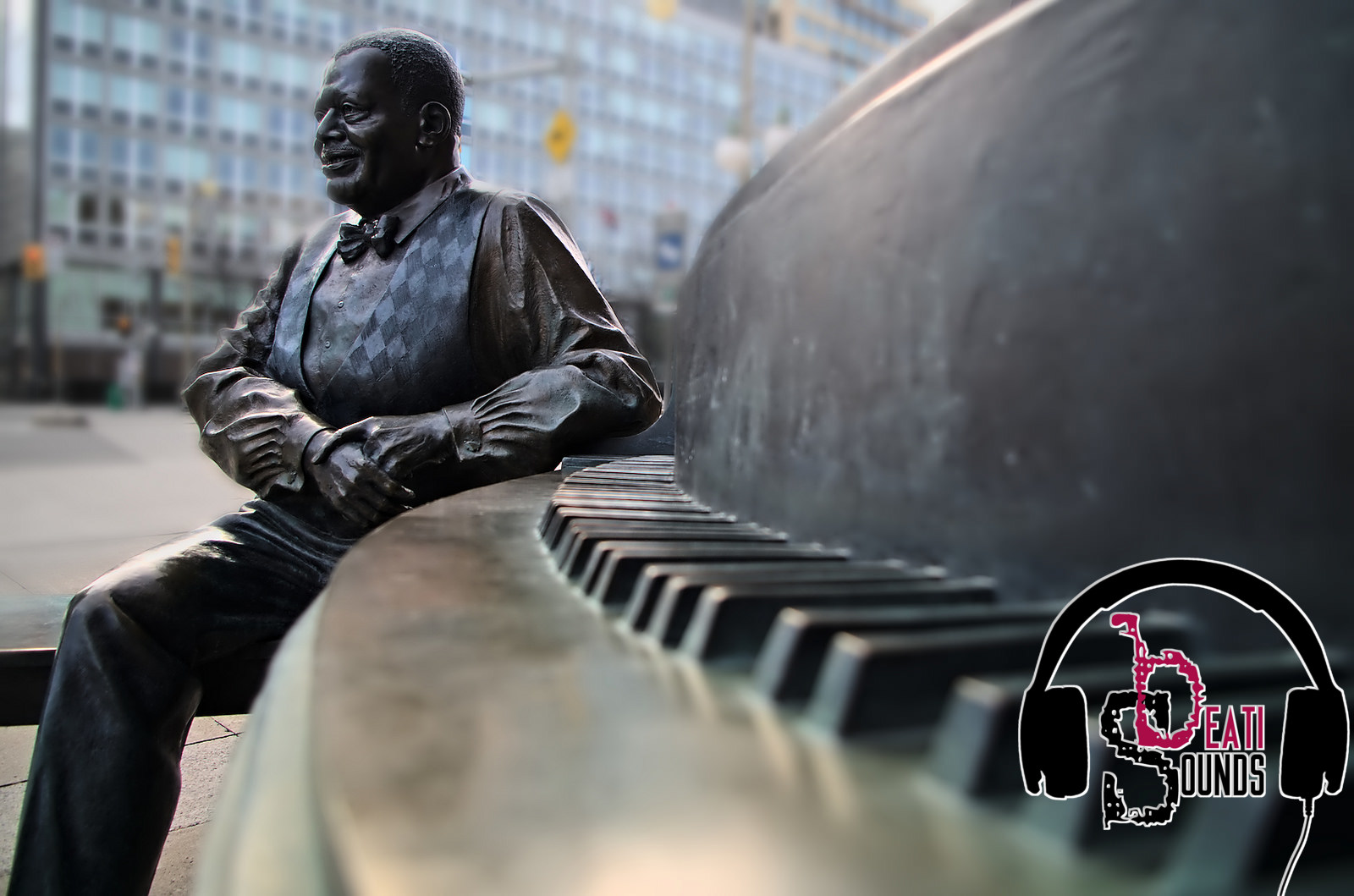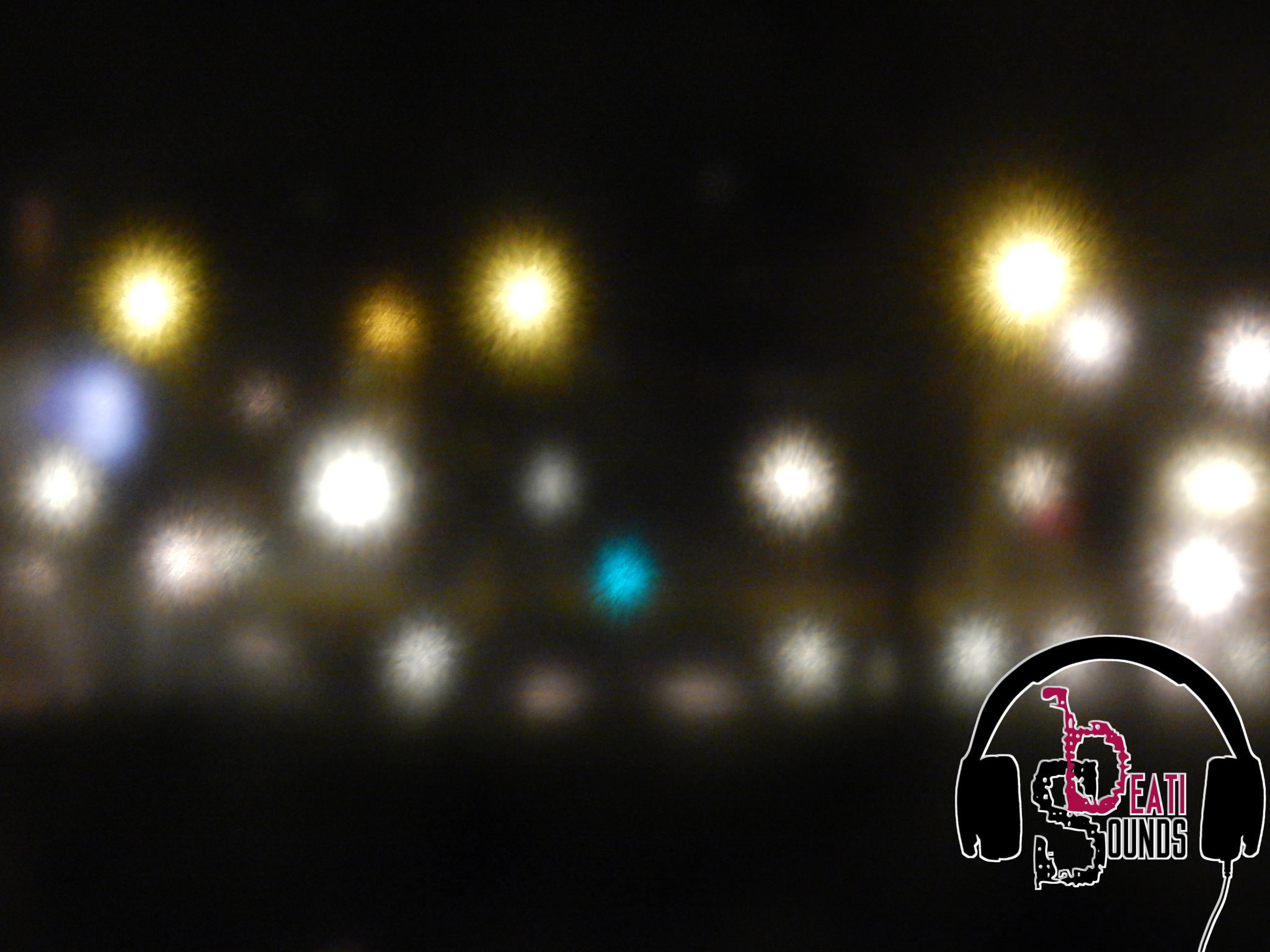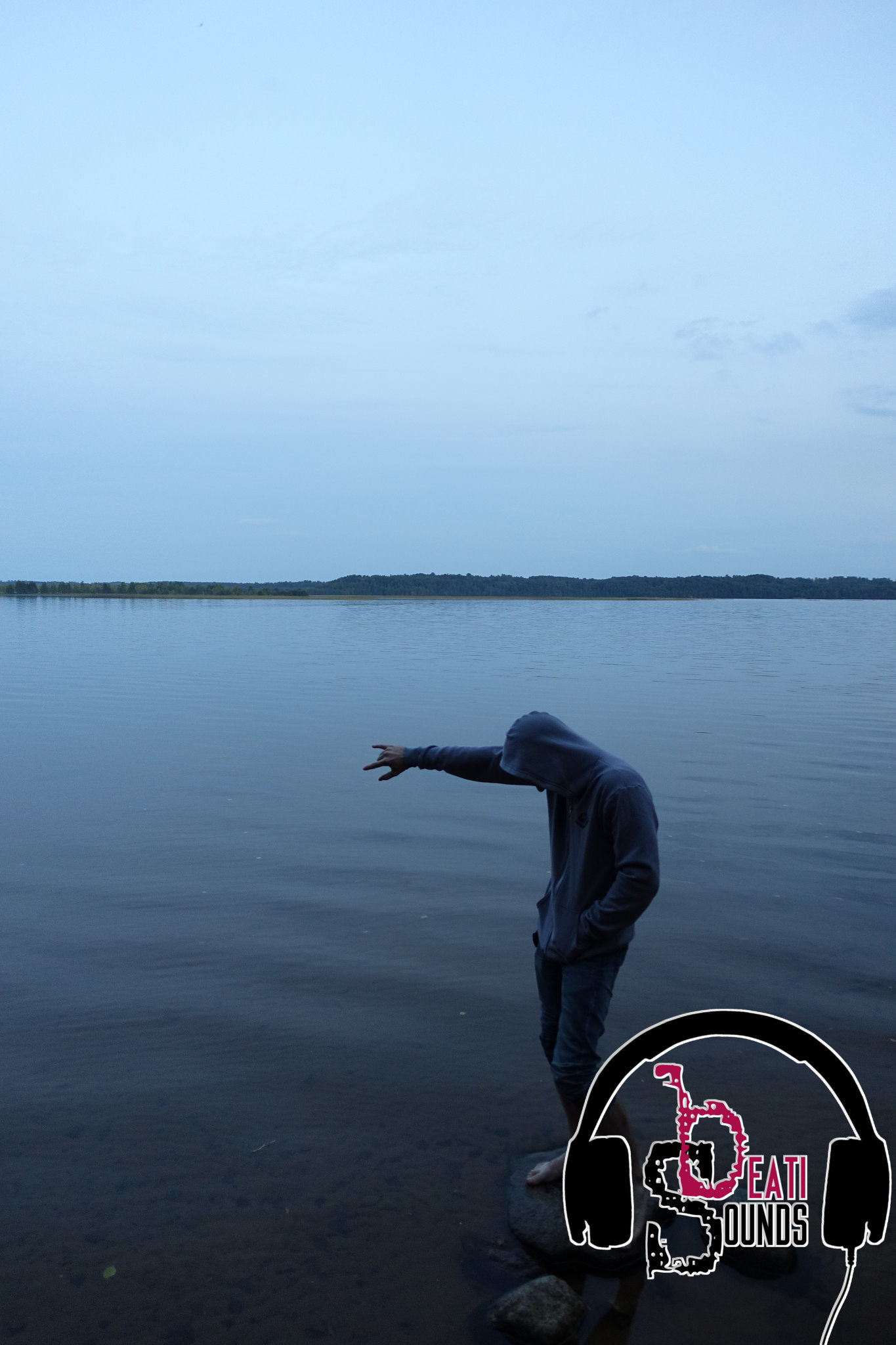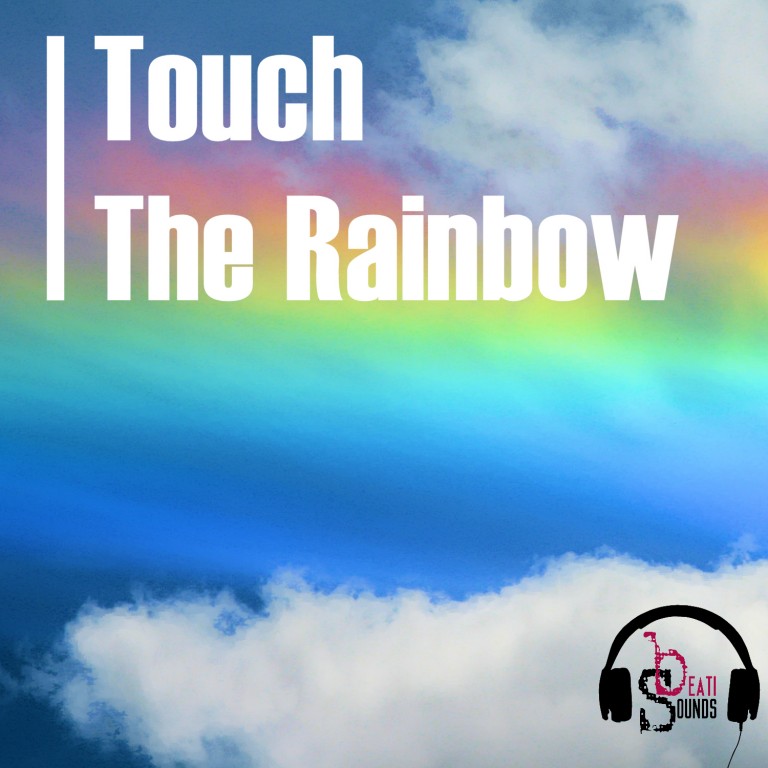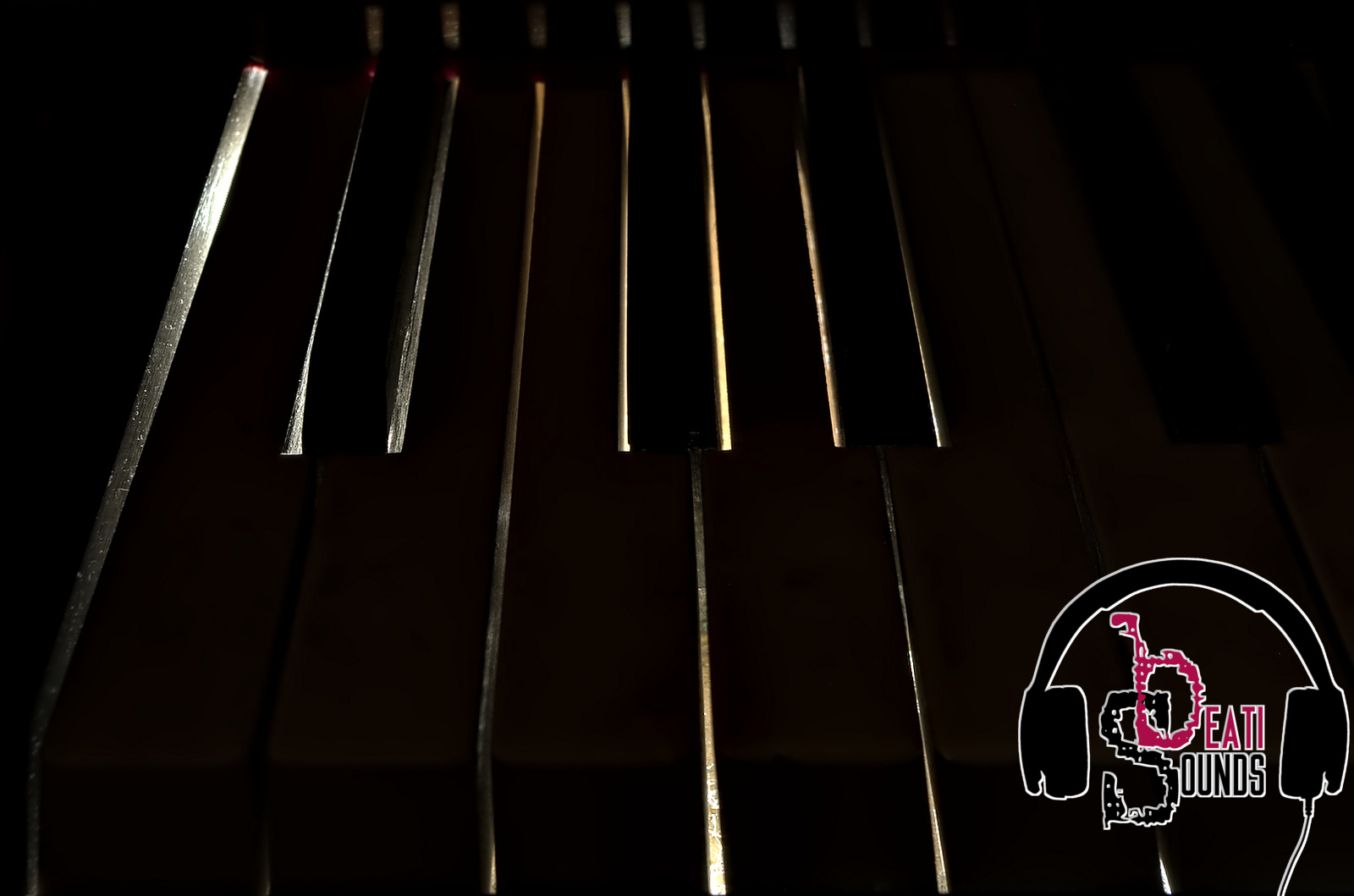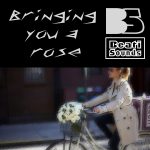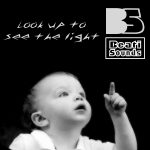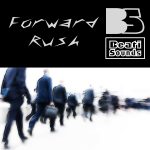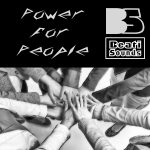Recent posts: Blog
We are proud to present our new mobile app!
Do you want to be the first to hear new beati-sounds music? In our new app we give you unreleased and upcoming music! Just hit play and enjoy.
Intsall on iTunes: (wainting for apple approval)

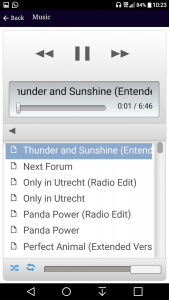
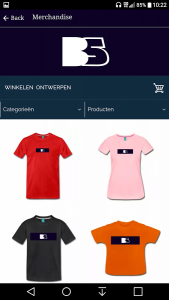
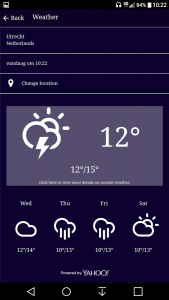


Beati Sounds is getting huge support!
We have noticed our music is getting much more tracktion the last couple of months by the increasing Beati Sounds support list. So we are very proud to show you our big support list here:
| • | Alex Beckett |
| • | Andrea Mazza [M2O Radio] |
| • | Aponaut 2 |
| • | Ariel Lizana Hidalgo [Ariel Beat] |
| • | Brisk |
| • | Carl Austin [Liquid Pulse] |
| • | Cento | Vincent Davasse |
| • | Cherish [Safehouse Radio] |
| • | Craig Quinn [Quinny] |
| • | Curtis + Craig |
| • | Danny Slade [VMM Magazine] |
| • | Dave Scott [Country Club] |
| • | Dave Spinout [High Fish] |
| • | Dean Zone |
| • | Deny [Extreme Revolution] |
| • | Derb |
| • | Dizmaster |
| • | DJ Mark King [MOS] |
| • | DJ Mosquito |
| • | DJ Sundance [Boxx] |
| • | Douglas [USA Trance Movement] |
| • | Fausto 2 |
| • | Faze 2 |
| • | Galvatron |
| • | George Von Liger |
| • | Giuseppe Ottaviani |
| • | Guy Alexander [Ascent] |
| • | Hakka / Mark Reading |
| • | Jake Nicholls [Uprising] |
| • | Jam El Mar |
| • | Johan @ DI.FM |
| • | Johnny L [Kiss FM Australia] |
| • | Jonathan Maby [MOS] |
| • | Jumpin Jack Frost |
| • | Keoni Mira |
| • | Kev SmootHound Walters [Extreme Revolution] |
| • | Latex Zebra [Harderfaster] |
| • | Liam Bayliss / Tafia [Thailand] |
| • | Loki [Terminal Trax] |
| • | Luc Poublon / The Act |
| • | Mark Roket [Friction] |
| • | Marty Curran [MOS] |
| • | Missrepresent |
| • | Neil Moore [BFBS Radio 1] |
| • | Nostic |
| • | Paul Hawcroft [JSV / The Gallery] |
| • | Proteus / Puss & Kram |
| • | Pusher [Discover Trance] |
| • | Rafy Nieves |
| • | Remnis |
| • | S Bright [MOS] |
| • | Stephen Hamlet [Country Club] |
| • | Stephen Mapp [MOS] |
| • | Steve Butch Jones [Something Global] |
| • | Tommie Quick [Tranzaction] |
| • | Tommy Renegade [Renegade System / Echidna] |
Would you like to remix Beati Sounds music on an official release?
Beati Sounds delivers high quality music to the world and likes to give you the oppurtunity to make a remix of our upcoming tracks.
If you are interested in working on new, unreleased material and have a sound that should be heard by millions of people? This is your chance to participate!
How does this work?
The first step is to get in contact with us so that we know who you are and know what you do. Send us an e-mail to remix@beati-sounds.com with a link to your soundcloud profile and your best song. There is no need to add more information, because this e-mail address is dedicated for remix requests.
What happens next?
When we approve your submission we put you on our remix-short-list. Now whenever we finalize a track, we will send out a remix-request to you. In this request we will include an MP3 of the track and a zip with the stems (all dropbox links, so no worry of flooding your inbox!).
If you think you are up for the job, and have time to produce simply reply you will work on it and give us an estimation when we can expect a version from you. If needed, share results in between to get some feedback or deliver the final product. If we are all happy with the result, we will officially release your mix on the Beati Sounds label!
What do I get?
We recognize you as the remixer of the track, so with this you will receive an official remix-contract that grants you the rights of 50% of the earnings on your remix. This means that all royalties, earnings, etc goes to you and you will be released on all major portals like Spotify, Itunes, etc.
So, are you interested? Get in touch now!
Beati Sounds – Talented dutch producer speaks about the music!
Beati Sounds gave an exclusive interview to HouseBootlegs.com recently and we are happy to share this with you!
Who is Beati Sounds?
My real name is Julien Moorrees and I am a 37 years young producer from the Netherlands. My love for computer generated music started 30 years ago, when I played with our commodore 64 computer at home. I don’t want to sound too nerdy now, but the SID chip from the C64 can still be recognized in a lot of popular tunes right now. When I reached the age of 15 I started my own “bedroom studio” with the purchase of my first Soundblaster 16bit audio card. I was lucky to find a second hand card for only 200 guilders. For for me that was a lot of money, but I was finally able to produce my own music.
Now to be fair, the music I made back then, was very bad and I would not even ask you to listen to it for your pleasure. But hey, those were the 90’s and I still had a lot of years to learn how to produce music.
The software I used back then (which was “Fast Tracker 2”, and later “Scream Tracker 3”) is quite different compared to the modern DAW’s. However you can still see concepts and functionality from more then 20 years old, back in your DAW today. We still have patterns, playlists, samples, .WAV, and last but not least don’t forget about Midi which comes from 1981!
Now you might wonder, why this history lesson is relevant for me as the producer I am today? Back in those days, there were huge limitations in the software and hardware to produce music. I started with a maximum of simultaneously 4 tracks, samples that could not exceed 500 KB, and a screen resolution of 640×480 pixels. With that limited set of options, I had to become very creative to get the maximum out of each track. The only way to get new sounds, was to record them with my own cassette player, and then load them back into my tracker. There were no VST’s, let alone presets or sample libraries. Even the Internet was not available for me to get things from, so everything was coming out of my own creativity.
And this is exactly why I am very grateful for this “limited” period in my production career. I had to find the maximum and boundaries of my own creativity to create the music I wanted to create. I was never stopped by impossible things I had in my head and always found ways to put them into my music. I always started with the basics of the track, so that the heart was felt throughout the whole track. I then kept on adding stuff (I call this Ear-Candy) until I ran out of system resources.
With this in mind, I am still using the same production method I was using back then. So if you read this to learn something from it, here is how I do it:
- When I have a good idea, I put this into my DAW in Just ONE single pattern. This pattern must feel as the heart of your track and repeating this over and over, should not be boring at all. This pattern is also complete regarding to chords, percussion, synths and bass. If this pattern sounds good, you know already in advance that the whole track also sounds good together in all variations.
- When this pattern is completed, I split the pattern into each single element, so that I will end up with a bunch of pattern. Since I use FL Studio, there is a very nice button called “Split by Channel” that does this for me. As a small tip, always clone your pattern before splitting. You will always have the original concept and feeling present in that first pattern.
- Now the “painting” begins, as I call it, by dropping each pattern onto my track-list. I work on the structure in the way that it sounds good to me, and see if there should be builds, drops, etc.
- I will add ear-candy onto the track to fill spaces in sound by using FX. Or even add some extra layering in the synths, or basses where it is needed.
- After this is completed I will work on EQ’ing and adding effects to all separate instruments and channels that are in the track. I use an additive approach, where I start with the Kick and Base. Adding the Leads, Chords, and then the drums. I also set the panning and stereo imaging at this stage where I work from Bass=Center to Hats=Widest. I also make sure that nothing exceeds the -6 DB to leave headroom for the mastering.
- The final stage for me is Mastering, where for me its adding subtle plugins to my Master bus. Main goal is to blend all the different element, making sure the proper things are high-lighted and sound crisp and loud enough.
And then it’s done. The track is finished and ready for distribution to your ears!
How was the first experience as DJ?
Interesting question, since I have never been DJ’ing my entire live and actually don’t plan to start doing this in the future. My main reason is, that I am making music for the music itself and not by performing it on a stage. Although I do love if a DJ plays my music on stage and the crowd goes wild on it, so don’t get me wrong. I have big respect for the Artists that do perform and work very hard for it. I know it’s not an easy way to be living and it really takes a lot of pressure to keep performing all the time.
But from my own perspective I think my fans should love me for the music I create and not how I look with my headphones on, waiving my arms. This also gives me some more freedom in the music I create and distribute on my own label. I am not limited to a certain style of music, since that is what the “audience” of a festival expects. I can do everything I want and just be happy about it. I often combine styles, like future, techno and progressive, just because I think it’s a cool idea. Sometimes this works, and sometimes it doesn’t. But hey, if I like it, why not release it?
To me it is more important that my fans find my music and like what I do, then I am becoming a celebrity flying around the world in my private yet. Although I would not mind having a private yet ;).
What is the plan for 2016?
I have set a couple of goals for 2016 which I am happy to share with you:
1) Grow my audience and fans.
I am creating my music hoping that people get happy when they listen to it and want to dance to it. For 2016 my main goal is to reach people and let them like what I do. In these modern times, most of my fans I connect with via digital and social media. I invest a lot of time in maintaining them so there is always something interesting for you to find there. So please if you like what I do, and like my story, just follow, like, share, etc on all the below media:
- https://soundcloud.com/beatisounds
- https://www.facebook.com/beati.sounds
- https://www.youtube.com/channel/UCnNu-VO3hcVFSEXbHi2JmfA
- https://play.spotify.com/artist/2xZlYr3r6ZP1wQrMlXxcHr
- http://beati-sounds.com/register/
2) Get DJ’s and Radio’s to play my music.
DJ’s and the Radio have a lot of influence on the listener, so being played by them, allows me to reach people I normally cannot reach. They also have good ears about what they like and what is good and what’s not. So when a song of mine is picked up, I know I am doing something good with that track.
3) Earn money with my tracks.
Yes I am saying it out loud: I want your money ;). I am working a lot of hours a week to create the music, produce and release it so that you can hear it. I have invested quite some money myself in hardware, software, advertising and promotion. And, yes, I am one of the few, that have actually paid for the DAW and VST’s I work with.
Anyway, to me it almost feels like work, and this means I think it is fair to receive a salary for it as well. Would you work 8 hours a day, for nothing in return? These days however its quite difficult to earn money with music for a couple of reasons. The royalties are extremely low, the audience expects a “free download” of almost everything, there is a production overkill of tracks and last but not least: streaming is taking over the world. Now I can start a rant about everything that is wrong at the moment, but actually my solution is part of my next goal for 2016 ->
4) Release a lot of high quality music.
Yes you’ve read it right. Instead of complaining about the streamers, I am embracing them. To be fair, the only music that is being paid for nowadays, is streaming music. Although it’s not much, at least it is something. And that is why I have the streaming audience in mind when they subscribe to my music. This is a game changer for a lot of producers and labels these days, so here is how I am addressing this. I release a new track, every three weeks on Sunday. Yes, every three weeks a new track is made public from me. The streamers expect new music all the time, so that is what I am giving them. It also gives them something to look forward too and something they know that is coming.
To be able to do this, I need to work and schedule a lot of releases in advance. Luckily I have a lot of creativity in me, and have a very efficient workflow when it comes to producing. This allows me to already have a lot of tracks in distribution for the upcoming months. Here is a sneak preview of what is coming the next months:
- Fresh Bikini 04/24/2016
- Panda Power 05/15/2016
- Friendly Magnets 06/05/2016
- Inside the Box 06/26/2016
So stay tuned, and subscribe to my Spotify to listen to my tracks the moment they are released!
How is your dream or goal in music industry?
Well I think my above goals states it quite well. So to sum it up: I want to make everybody happy with my music and let them dance to it, while also earning my money with it.
What do you think about the music industry actually?
I think it is quite a complex industry where a lot of powers are at play at the moment. We have the “old” labels and artists that are having trouble in keeping their audience happy and fans to stick. We have the “indie” group that wants to be independent and be freed from the old rules and mechanics. We then have the audience and fans that get an overkill of music, artist and labels they can choose from. They don’t care a lot about who is actually behind the music and just want to get it as much and as cheap as possible. We then have all the new labels, that needs to get the audience’s attention by flooding social media with all their content.
Bringing this all together makes the music industry quite the difficult playing field to work in. So for me, I actually think the following: If you are not having fun, in playing in this industry? Just get out of it. Earning a lot of money should not be priority one, when you enter into this field. That is why the word “Music” is before the word “Industry”. Music should always comes first.
Who is your idol…or someone that you are receiving the inspiration from your favorite artist?
You know what, this is a question that I find hard to answer. I don’t really idolize people in general, since that is my own nature. I think everybody should be their respectful selves, without being put on some kind of pedestal. I don’t expect that others do that to me too, so if you are idolizing me, just know that what you see in me is actually a reflection of your own qualities you can develop on yourself.
Nevertheless I do have some artist that inspire me. And these are, Hardwell, Armin van Buuren and Martin Garrix. First of all, because they are Dutch, haha. But all jokes aside, the main reason they inspire me is because they really create the music they like themselves despite what other people think of it. Their tracks are also very thought out and I can hear that every snare, click or echo is there for a reason. Their tracks are good, just because they are right. They have a superb musical feeling and let’s be honest, they are nerds when it comes to music production. They have such high technical skills and they ride their DAW’s as if they were born in them. They inspire me, to get the most out of my DAW and use my creativity to reach its limits.. And beyond.
What’s your experience with Housebootlegs.com
They have promoted all my tracks in 2016 and for most of them, they also created the album art of them. They respond quickly to questions and have helped my growing my audience as of now. Their soundcloud reposts helps me to reach my audience so I am happy with their services. I also like that they give me an audience by having this interview with them.
So first of all, thank you for this and of course thank you for reading this until the end. I really hope you liked it and got a good insight in what drives me and what not. So remember, like my pages, music and don’t forget to pay for my music. 😀
Beati Sounds
Source: http://housebootlegs.com/beatisounds-interview/
Beati Sounds delivered “Touch The Rainbow” for free download!
Guess who’s back and is ready to thrill the crowds once again? None other than Beati Sounds! This time, he unveiled “Touch The Rainbow”, a tune that fuses big room influences with future house vibes. It’s not too easy to combine these two genres, but for him it was just piece of cake! Captivating melodies and dreamy sounds are just the silence before the storm, because its heart pumping bass lines and heavy kicks are quickly changing the track into a wild one!
Don’t forget that it was delivered for free download!
Touch the Rainbow – Single
Listen to Touch the Rainbow – Single on Spotify. Beati Sounds · Single · 2016 · 2 songs.
How to properly EQ and compress a Kick Drum
There is no reason to settle for lackluster kick drum sounds on your home recording. This article explores some great mix recipes for equalizing and compressing your kick drum tracks. While every kick drum has an individual sound there are some general guidelines you can follow to get a great start in shaping your drum’s sound. Start by trying a few of these eq and compressor settings and tweak them in to suit your specific starting drum sound and desired results. All you need in your home studio is a four band eq to start shaping the kick drum sound of your dreams!
The kick drum big three: boom, smack, click
These are three key elements that can be used to describe the sound of a kick drum.
Boom is where the low end thud of the kick drum comes from. You can find a cleaner, modern sound boosting around the 50-60Hz area. A more traditional, ringing boom will be found a bit higher, perhaps in the 100Hz range. I typically use a normal, peaking band for the boom but you can experiment with a low shelving band here if your kick drum is lacking girth. Be careful not to overdo it with the shelf though, things can get blurry fast in the sub frequency ranges.
Smack is the primary attack of the kick drum. This is the frequency range that helps the ear identify individual kick drum hits. I like to start my search for smack in the 3-5kHz range. Microphones specifically tailored to kick drums will often have a bit of a presence bump somewhere in this range. I always use a peaking band for the smack and keep the Q parameter in the 1 to 1.5 range.
Click is exactly what you think it is. At first thought you might not attribute click as a quality desired in a kick drum sound. Click works in conjunction with smack to help bring a kick drum through a dense mix. This is the sound of the beater actually hitting the drum head. You can find the click up around the 6-8kHz range. A peaking band works well on the click (Q around 1.5) but a high shelf can be used to enhance the bleed of the snare wires in the kick drum mic.
Mud is not one of the big three because it is a bad thing! We want the opposite of mud in our mix, especially on the kick drum. You remove some of the mud and clean up your kick drum sound by cutting a thin band in the 250-300Hz range. I will often use a peaking band with the Q set to around 3.
Kick drum big three eq quick chart
More boom (modern) +6dB at 50Hz
More boom (solid, classic) +6dB at 100Hz
More smack (attack) +7dB at 3.5kHz
More click (beater) +6dB at 6.0kHz
Kick drum eq recipes
- Start here to get a solid, full kick drum sound with plenty of click
- Band 1: +6dB at 55Hz
- Band 2: -9dB at 275Hz (narrow)
- Band 3: +7dB at 3.7kHz
- Band 4: +8dB at 6.2kHz shelf
- Start here to get a more traditional kick drum sound
- Band 1: +6dB at 100Hz
- Band 2: -10dB at 800Hz (narrow)
- Band 3: +6dB at 1.5kHz
- Band 4: +6dB at 7.0kHz shelf
- Start here to get a ringy bottom end with less attack
- Band 1: +6dB at 100Hz
- Band 2: -5dB at 250Hz (narrow)
- Band 3: +3dB at 4.0kHz
- Band 4: +3dB at 10.0kHz shelf
Kick drum compression recipes
If I have a very consistent drummer with great dynamics then I often will skip compressing the kick drum at all. Sometimes you need to bring up the sustain or level out an uneven performance or you might be looking for the ultra compressed modern sound.
Reduction level is the amount your kick drum is being compressed. All good compressors have some kind of meter or way to gauge your signal reduction. This will sometimes be labeled gain reduction or will just be a meter that seems to work backwards, going down or showing negative values on each kick drum hit. You should be able to see the reduction increase (more into the negative range) as you lower the threshold of the compressor. I like to get about -3dB of gain reduction for subtle kick drum compression. I’m not afraid to get the gain reduction up to -10dB or higher when necessary though. You don’t have a reduction level control on your compressor. You adjust the threshold control until you are getting your desired reduction level.
Kick drum compression recipes
- Subtle kick drum compression
- Ratio: 3:1 or 4:1
- Attack: 4ms
- Release: 200ms
- Threshold: adjust for about 3-6dB gain reduction
- More “in your face” kick drum compression
- Ratio: 6:1
- Attack: 3ms
- Release: 200ms
- Threshold: adjust for about 8-10dB gain reduction
